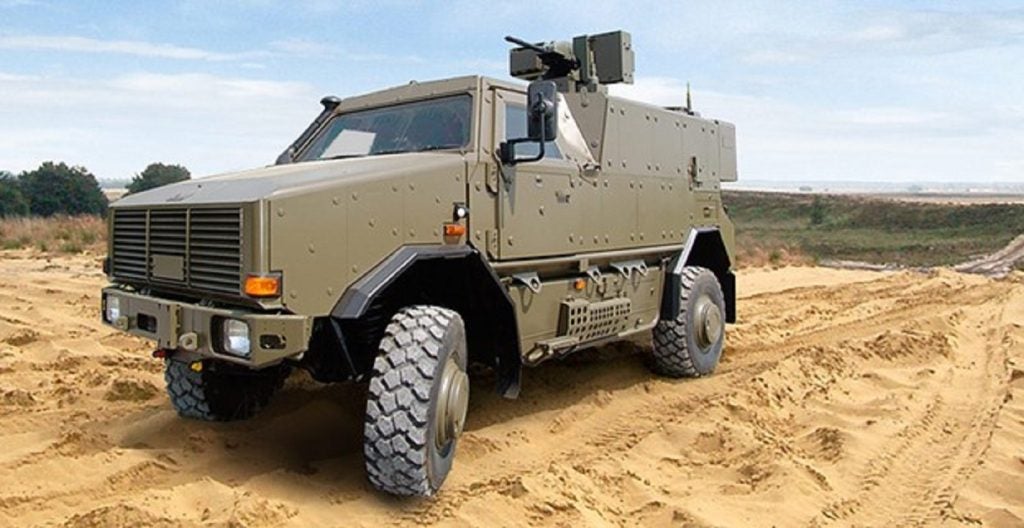The final trickle of US military aid for Ukraine was announced yesterday, on Ukraine Armed Forces’ Day (6 December). The package comprises missiles, artillery rounds and other forms of battlefield equipment.
Later that day, the US Congress voted 51 to 49 against extending military aid in a $106bn supplementary budget to its allies, including Ukraine, Israel and Taiwan.
Despite National Security Adviser Jake Sullivan emphasising that “These are bipartisan priorities that deserve bipartisan support,” Republicans toed the line by blocking the budget.
With the aid bill quashed, Congress throws Ukraine support into question as invading Russian forces begin to strike against the country’s critical infrastructure to test Ukrainian resolve as winter sets in after it failed to take any substantial territory in their counter-offensive, which began in June 2023.
On the night of 4-5 December, Ukrainian military officials reported that Russian forces launched 17 Shahed-136/-131 drones and six S-300 missiles at civilian targets in Ukraine and that Ukrainian air defences shot down ten of these drones. This indicates the high priority of bolstering Ukrainian missile defence systems as Russia chips away at Ukrainian morale.
“This [congressional vote] is important to Ukraine because without further budget allocations, they get nothing more,” GlobalData Defence Analyst Wilson Jones commented. The US is responsible for about half of their military aid, so there will be a battlefield impact.
“The other concern is that the US will enter a shutdown in January if they don’t pass a proper budget. This shows how dysfunctional the sitting Congress has become.”
Ukraine’s strategy
Hours before the congressional decision, while virtually attending the Ukraine Defence Contact Group, which was based in Washington for the first time, Zelenskyy emphasised that his strategy hinges on expanding defence co-operation with the West.
“We are interested in joint production with you of the full spectrum of weapons necessary for modern warfare – artillery, armoured vehicles, drones. Maintenance and service of equipment… Security on land, in the sky, and at sea. Ukraine does not want to depend only on partners – Ukraine aims and really can become a donor of security for all our neighbours once it can guarantee its own safety. We really can do this.”
This promising outlook of co-operation, as opposed to reliance, has already begun to enter full-swing. British defence prime, BAE Systems, has already agreed to establish its presence in the war-torn country as it partners with its industry on producing 105mm light guns. We can expect more to be done in this area now that donations will start to dry up.
A war of ‘resources and resolve’
The London-based think tank, the International Institute for Strategic Studies (IISS), launched their new Armed Conflict Survey, 2023 on 6 December, in which contributors discussed trends in their region of study.
In the Russo-Ukrainian war, Nigel Gould-Davies, senior fellow for Russia and Eurasia, observed that there are two determinants to consider: resources and resolve. Gould-Davies judged that while the West has been good in supplying the former until now, there has been a potential lack of the latter.
However, considering Congress’ recent decision, both determinants are more uncertain.












